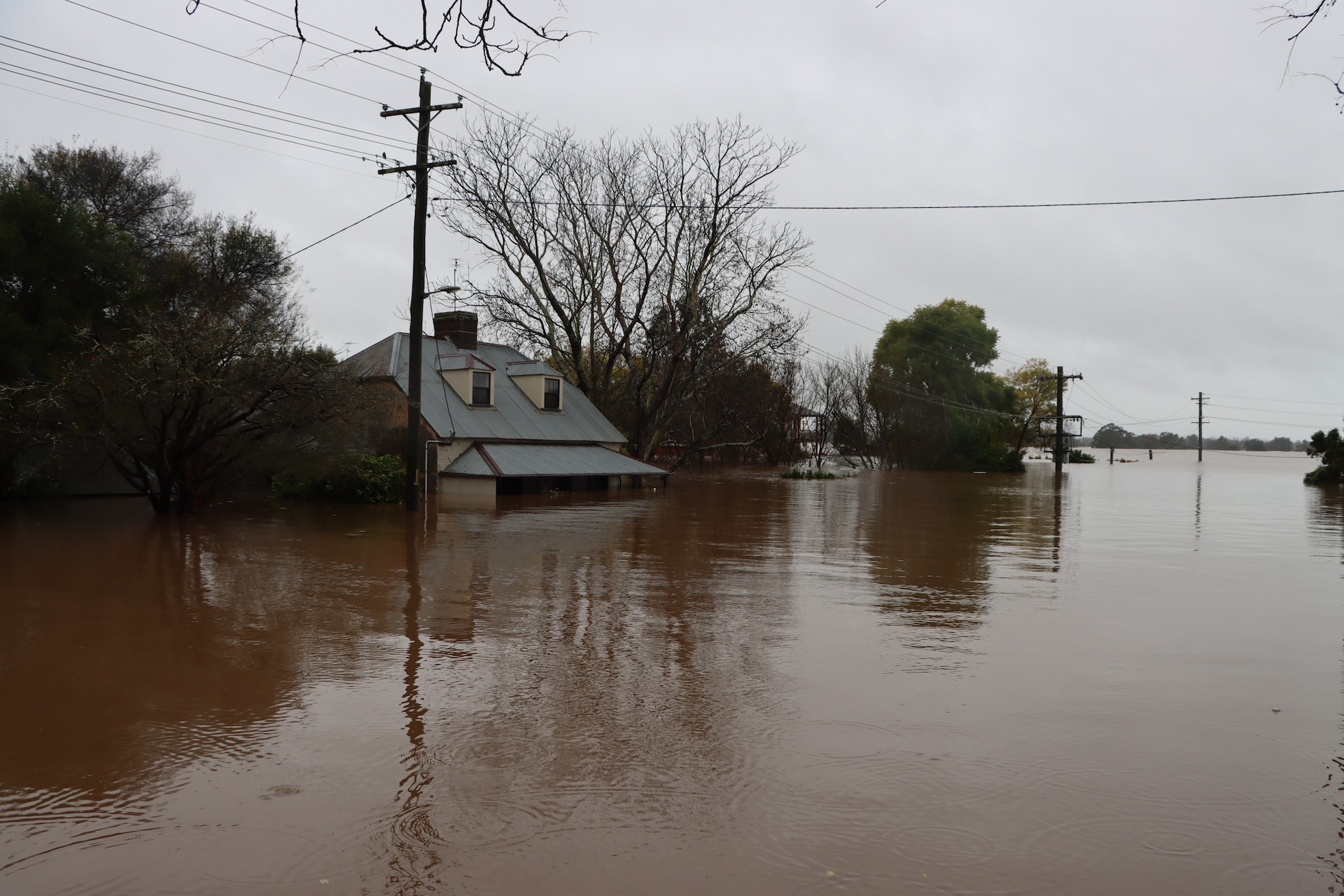Floodplain Management for Modern Times, Part 2: Flood Insurance
How can you protect your home from floods?
The Federal Emergency Management Agency (FEMA) administers a program called the National Flood Insurance Program (NFIP). The NFIP was established with the National Flood Insurance Act of 1968 (NFIA). The NFIP is delivered to the public by a network of more than 50 insurance companies and NFIP Direct.
In general, the NFIP is designed to offer flood insurance for properties in flood zones, reduce the risks of floods through implementing floodplain management practices, and establish flood zone maps to help residents of flood-prone communities understand the level of risk to their property.
Most communities in the United States that are prone to flooding participate in the NFIP, which provides the maps and regulatory basis for local floodplain management. There are 23,000 participating NFIP communities across the United States.
Communities participate in the program to give residents access to federal flood insurance (until a few years ago, obtaining private flood insurance was almost impossible). As a condition of having access to the NFIP, communities must adopt minimum controls against flooding. In addition, developments within flood zones are subject to regulations enforced by local building departments to minimize flood damage.
Communities that go beyond the “minimum standards” required of the NFIP are eligible for reduced rates on flood insurance. The rates are determined using a point system called the Community Rating System (CRS), which allocates points and discounts on a scale depending on what the community has done to mitigate the risks of flood damage and inform property owners of these risks. Over 1,500 communities participate in the CRS program nationwide.
Who is required to get flood insurance?
FEMA uses several factors to assess flood zones and assign levels of flood risk.
FEMA defines flood zones as “high-risk, low-risk, or moderate-risk.” Insurance requirements and costs are determined based on the type of zone a structure is in.
Plots of land in high-risk flood zones are designated with the letter A or V and identified as a Special Flood Hazard Area (SFHA). These properties are deemed to have a one percent annual chance of flooding. Anyone wishing to purchase property in a SFHA using a federally backed loan (as most are) must have flood insurance. There are other zones–Zone B, Zone C, and Zone X. Those zones, located outside the SFHA, carry moderate to low risk and do not require flood insurance.
Flood maps are subject to updates over time due to development in an area, changing landscapes, or changing weather patterns. Therefore, it is important to monitor FEMA’s flood maps. Before you purchase a home or land in an area that you suspect could be prone to flooding, make sure you check the flood maps and can get flood insurance!
Regardless of the cost, you may be required to obtain flood insurance. While the federal government does not require insurance for low-risk or moderate-risk properties, your state or mortgage provider might. Make sure that you know what the laws are when considering purchasing such a property.
There are other conditions attached to the NFIP and federal disaster relief. For example, anyone who has ever received disaster relief must carry flood insurance if they want to be considered for future disaster aid if there is a flood.
Renters of properties in flood zones should also know that the NFIP provides insurance for “contents only.” This level of insurance protects the personal property of renters that experience flood damage but does NOT compensate the owner of the physical property itself. Only the owner can get insurance to compensate them for damage to their structure.
As extreme weather events become more common, flooding is impacting areas that have never experienced high water in the past. Thus, many property owners without flood insurance have to find other means to finance repairs from flood damage.
Remember, if you are a flood victim, you will need flood insurance or other resources to recoup your losses because standard homeowners’ insurance does not cover flood damage.
To learn more about floodplain management, read the first blog in our series here or download our complete guide here. Contact Walden at 516-758-1273 to speak with an experienced consultant about our floodplain and coastal management services.

Photo by Wes Warren on Unsplash
Contact Walden at 516-758-1273 to speak with a consultant about flood insurance requirements, and download our complete floodplain management guide here.

